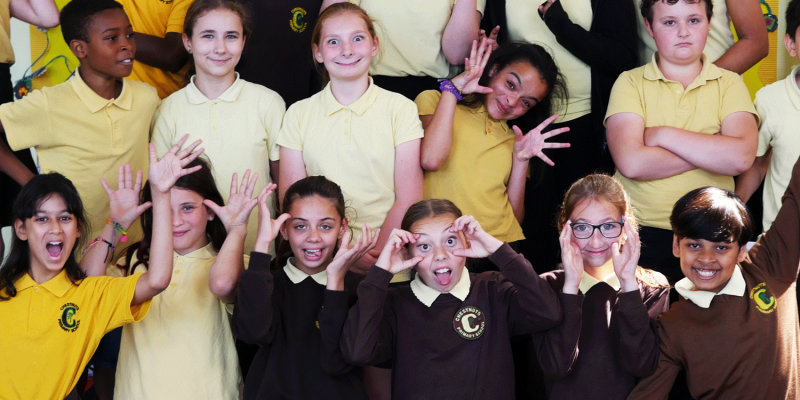
Young people want to give – but seek a new relationship with non-profits
Blog 007 – Published October 2022
a

As non-profits or charities, we shouldn’t write off young people as important donors just yet. The younger generation may have less disposable income and be more suspicious of organisations asking for donations but win them over, and their long-term support will prove invaluable. Under-25s are redefining their relationship with charities and while they may not donate as much as their older peers, their commitment to social and environmental activism is undeniable. We look at how organisations can best engage with the younger generation and harness their full potential.
Less Money to Spend
For most young people, money isn’t an option when it comes to donating. The rising cost of living means they cannot afford to donate even if they are willing to help. For those able to donate, it is likely only infrequently and in small amounts.
Therefore, the focus should be on small but meaningful donations, focus on how even a small contribution can make a big impact and what exactly that looks like. In FunDonor’s case young people can donate $1 for a chance to win a prize put up by a celebrity, $1 being an amount most people can donate, and they can find on our website the full details of how their money is used.
Given their lack of disposable income, it is common for young people to find other ways to actively participate in civic life. Voting, signing online petitions, protesting, and volunteering are all ways young people can feel they are making a positive impact in their communities without donating money. For some, volunteering provides a more empowering and rewarding experience as opposed to simply handing money over.

Suspicion
Public trust in charities and non-profits is weakening so for those who can donate, making sure they are in control of their contributions is important. Among young people, the two major concerns when it comes to supporting charities are being pressured to donate and charities failing to explain how the money is being spent. Radical transparency is what they’re looking for, charities should state where their donation is going, and being able to see the immediate impact of their contribution builds trust. The key is simply telling people exactly how their money is spent.
Young people are more aware of the operating costs of non-profits and question whether their donations actually go towards making an impact or simply to pay someone’s salary. The closer to 100% impact the donation can achieve, the more likely it is people will donate. When faced with so many choices of charities and non-profits, they will favour charities which show 100% of their donation will help the cause (operating costs in many of these cases are covered by major donors).
The most important thing is transparency. Using social media to show how donations have had an impact is key. The rise of crowdfunding reflects this sentiment, with many choosing to donate directly to an individual as opposed to an organisation with the belief that their donation will go towards the cause rather than get spent on admin costs. Crowdfunding platforms, however, allow anyone to sign up and are not tightly regulated, leaving much room for scams and the misuse of funds.

Social Media Presence
Connection with your audience is vital to increase awareness and donations. Think about their natural environment, whether that’s a venue like a university or a digital platform like Instagram. A mixture of online and ‘real-world’ presence is beneficial, so consider face-to-face meetings at festivals, universities, or sports events to go with your social media pages and website.
When it comes to Gen Z, it is often assumed that because they are the most digitized generation ever, a fully digital approach is needed in order to engage with them. While social media platforms are vital in connecting with a younger audience, in-person interaction can be powerful by introducing a more human element, one that understands the personal experiences that upset them and fuel their desire to make a difference. It is worth noting that older generations are more likely to see a charity’s Facebook page or website than young people and CoppaFeel’s research shows only 20% of people heard about their charity online.

Boosting engagement through social media can also be very difficult as charities must compete with media firms who at times have hundreds of people working on their content, following trends, and targeting virality.
Despite this, social media is still the best way to reach young people and a great way to put across targeted messages about how their money is being spent. In today’s world, charitable causes are not considered individually but as part of wider movements, with causes often overlapping and a focus on intersectionality. Giving back and making lasting change in the world is about positivity and human connection above anything else.
Visibility can be an issue as charities get lost in the endless stream of new content. To avoid your organisation going unnoticed it’s important to put time and effort into your content creation and social media management. Following trends, advertising, and creating unique campaigns that encourage followers to share posts with their friends gets you noticed online. Brand recognition is powerful, especially since people will tend not to donate to organisations they have never heard of. A consistent theme and message across all platforms will increase people’s awareness of your brand.
Ultimately, it comes down to engagement. Young people are not often asked to give, and potential donors want to hear from you in a way that feels like you understand them. Youth-focused charities that also have young people running their social media pages receive a higher level of engagement.

In conclusion:
Successful outreach by a young marketing team, focusing on the impact even small contributions have, and full transparency will lead to brand recognition and hopefully, donations.

Why not take our FunLEAP challenge!
Leap like our logo and you could win our iconic “I Built FunDonor” T-Shirt. Click on our draft Indiegogo page for details.
Here’s what you have to do.
1. Make a selvie* or take a picture of your best Leap. Just like our logo!
2. Share your selvie or picture on social media.
3. Use the hashtag’s #Funleap & #Fundonor.
The 10 most liked clips win!
*selvie: a self video, not a picture. Videos should be 5 secs or less.

Follow our story, be part of the dream
Subscribe to our weekly newsletter. Be informed when our Indiegogo crowdfund campaign goes live. You will have access to special perks which will give you a lifelong stake in FunDonor.
And don’t forget, you can keep up to date by following us on social media.



